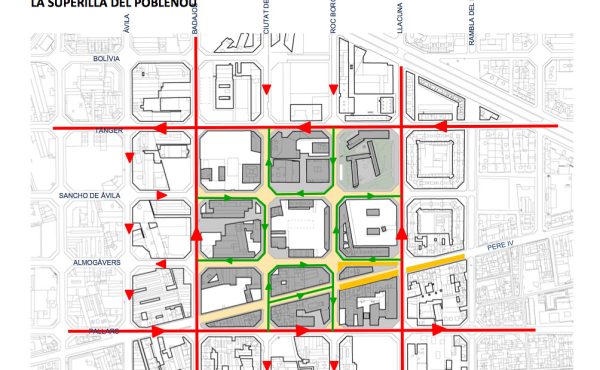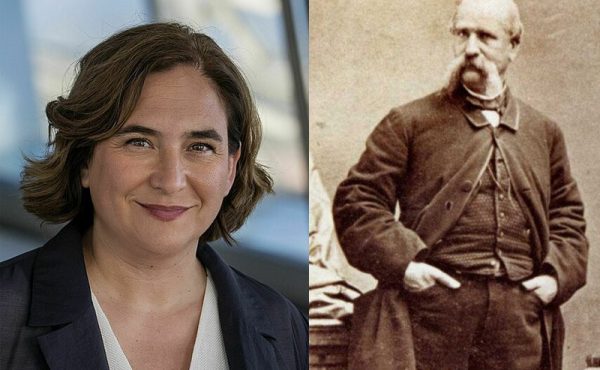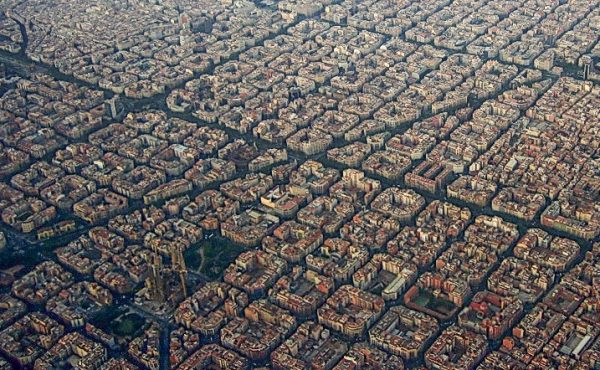Main streets enliven downtowns everywhere. The mix of public spaces with a diverse array of heritage buildings and new developments house cafés, theatres, places for government and worship, office and retail space. Main streets are the heart of the community offering an enjoyable place to live and work, while also serving as the attractive backdrop for parades, street fairs and other community events.
In an essay published in Reviving Main Street in 1985, Harold Kalman suggested that there were certain buildings and features that defined a main street and his description is still relevant today. Kalman suggests that government buildings such as a post office, town hall, or a place of worship, offer attractive focal points. These are flanked by architecturally distinct commercial buildings, often temple banks and heritage offices. Dotted along the street may be mixed-use converted character houses, local grocers and stores. Small cafés and coffee houses provide meeting places and evening entertainment is offered in movie houses or theatres.
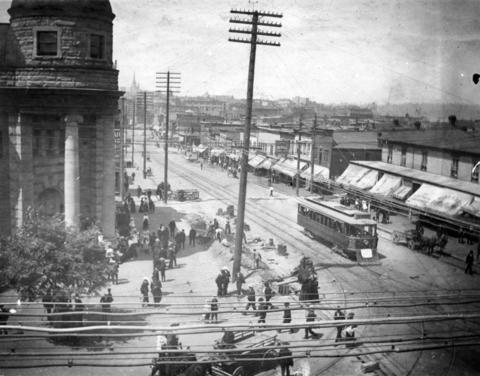
In Vancouver, there are a number of main streets. Many were established in the city’s early years and served distinct centres and suburbs. Vancouver’s main streets include many of Kalman’s elements with a unique west coast spin and their own local flavour. Hastings Street was the heart of downtown in the early 20th Century. Running parallel to Waterfront Station, an important entry point for commerce and business, Hastings Street was a centre of shopping, finance and government, complete with its own public square and history of parades and public gatherings. Commercial Drive , West 41st Avenue and Main Street are also some of the many distinctive main streets in Vancouver which provide a unique centre for the surrounding community.
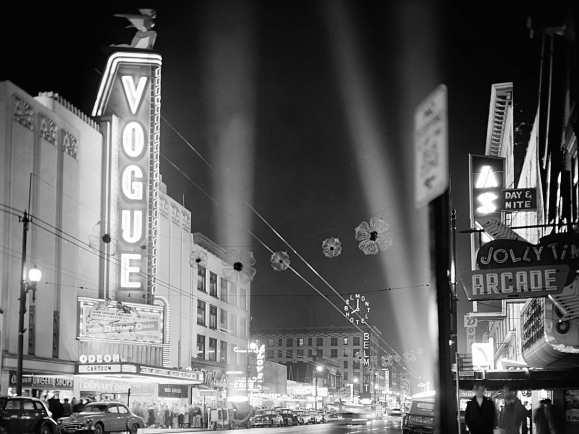
Many main streets are enjoying a renaissance, but there was a time when it seemed they would all be replaced with big box stores and standardized buildings. The mid-century fascination with cars, suburbia and the invention of the shopping mall all threatened the long history of community main streets. The shopping mall offered plentiful parking and a clean atmosphere that appealed to families in the 1950s and 60s. Main streets felt the pressure to offer the same advantages as the shopping centres and lost a lot of their heritage and character along the way. Small, older buildings came down to make room for parking and local shops were replaced with chains whose strict storefront guidelines removed character-defining elements from existing buildings. Granville Street saw its share of this homogenizing trend in the removal of neon signs. In its heyday, Granville was revered for its numerous colourful, buzzing electric signs that gave it unique character. In the 1960s, the cacophony of colour and light was seen as a distracting eyesore and new by-laws regulated the size and scale of signage, essentially eliminating neon from the strip. Main Street through Mount Pleasant and Sunset also suffered from the shopping mall’s influence with many businesses closing, and buildings becoming abandoned and neglected.
However, the value of a vibrant main street for a community has long been recognized. Restoring historic buildings has been a successful strategy in reigniting activity, bringing locals and visitors back to the joys of main streets. In 1980, Heritage Canada began a successful campaign to revive main streets, supporting cultural and economic regeneration in downtowns across Canada. These efforts combined with movements to buy local and support small business, along with health and environmental concerns leading us to bike or walk more and drive less, are leading cities and towns back to embracing the convenience, charm and variety of the main street.
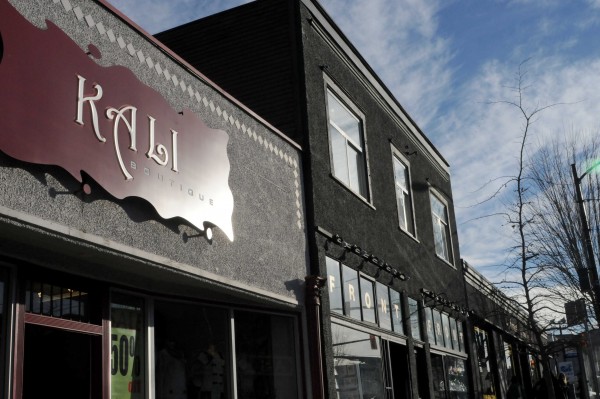
In Vancouver, Granville Street has recently embraced its neon roots, Hastings is once again becoming a centre for commerce and development, and Main Street is host to numerous vintage shops, quirky artisans and locally run eateries. This week, as we celebrate Heritage Week, take a moment to look for Kalman’s essential main street features and recognize the history that has helped your favourite main street become what it is today. Whether those buildings and spaces are still serving their original purpose, or have been refurbished and reinvented, they continue to define neighbourhood character and add history and interest to our main streets.

